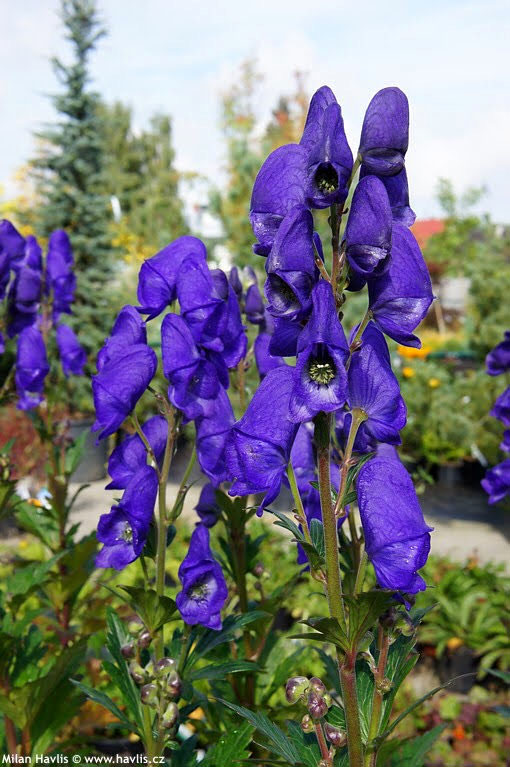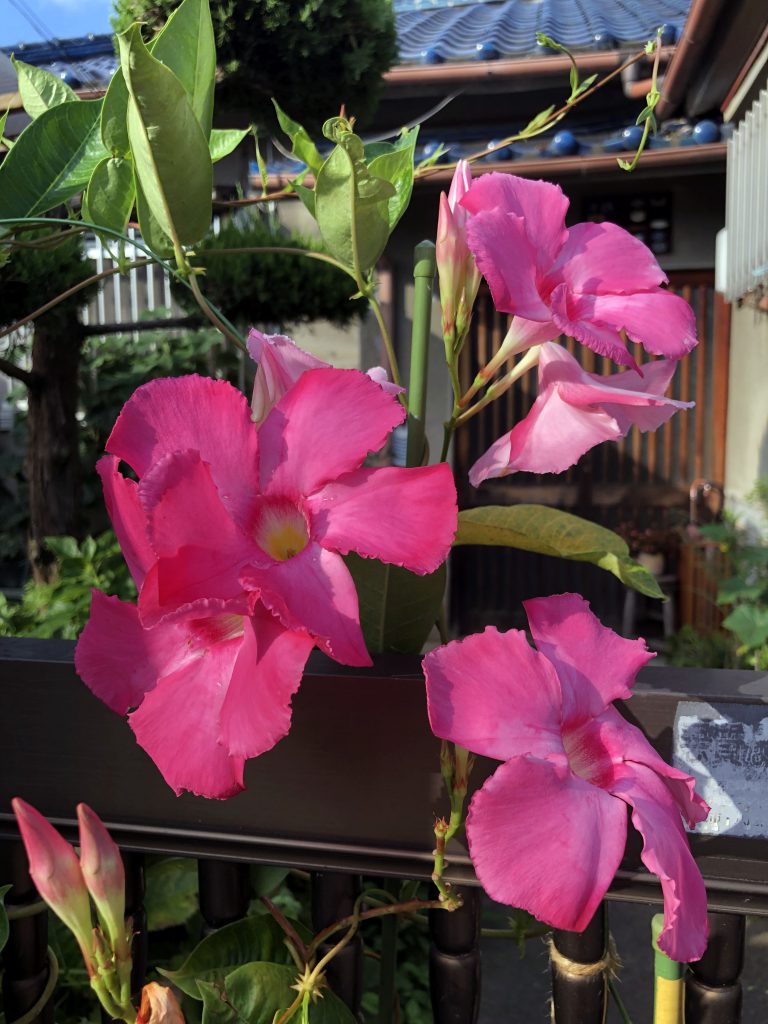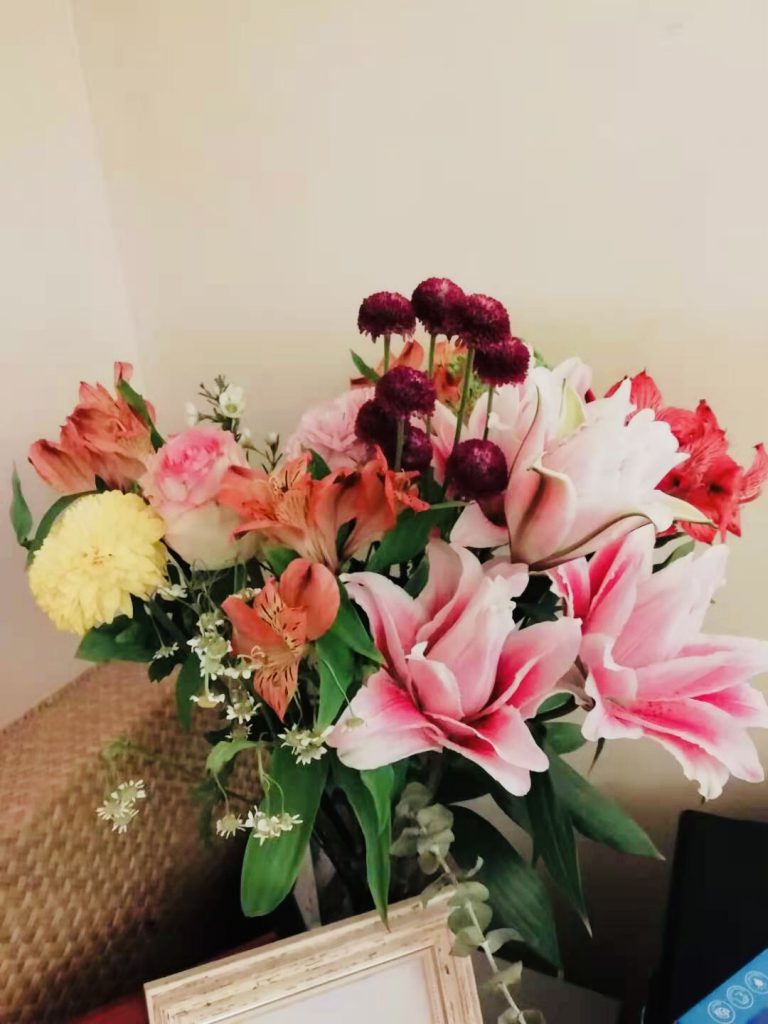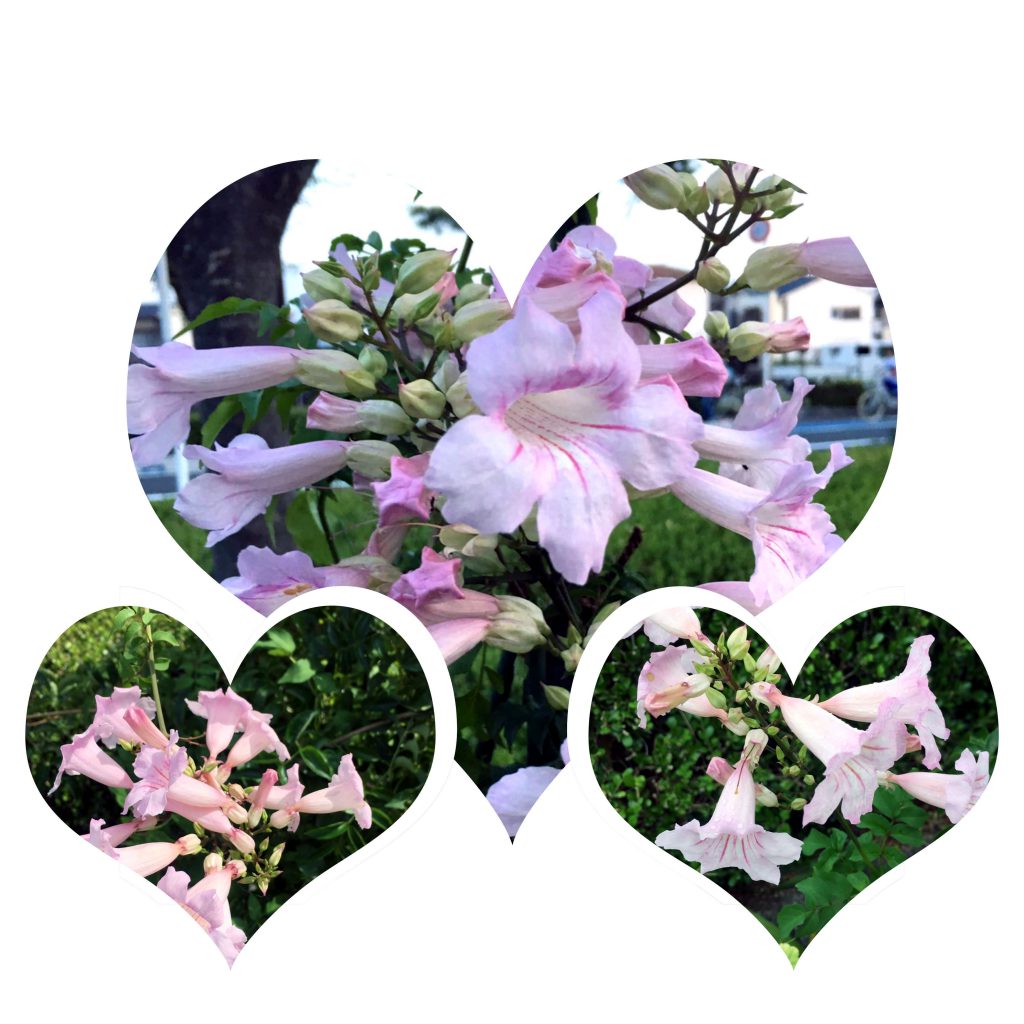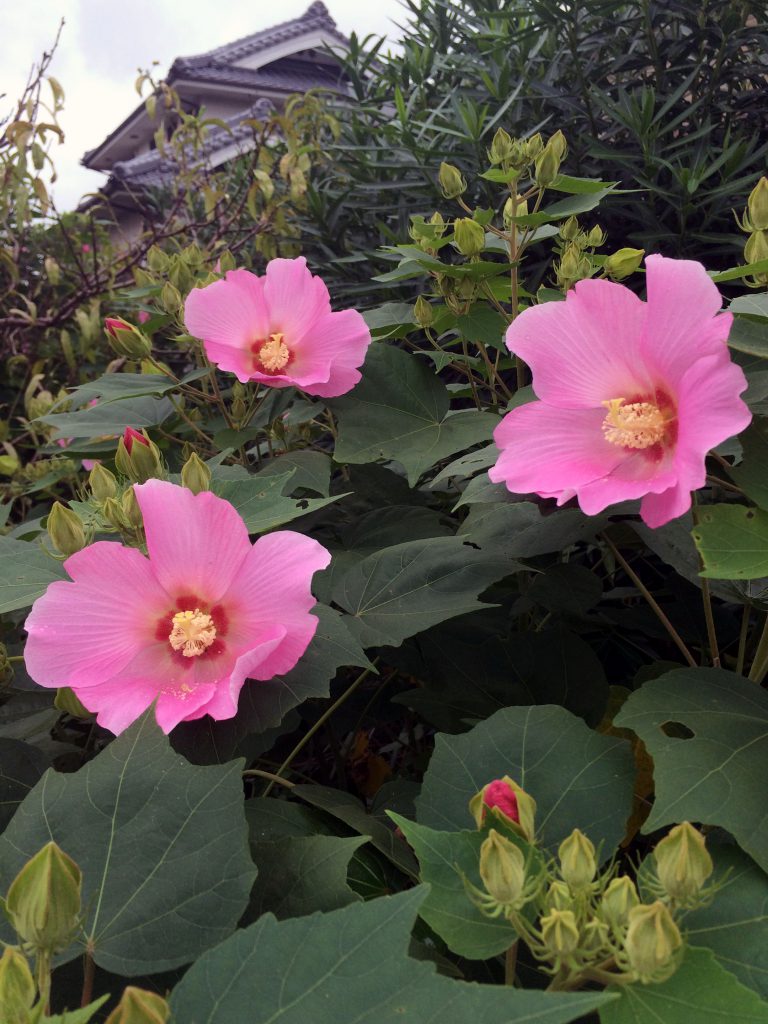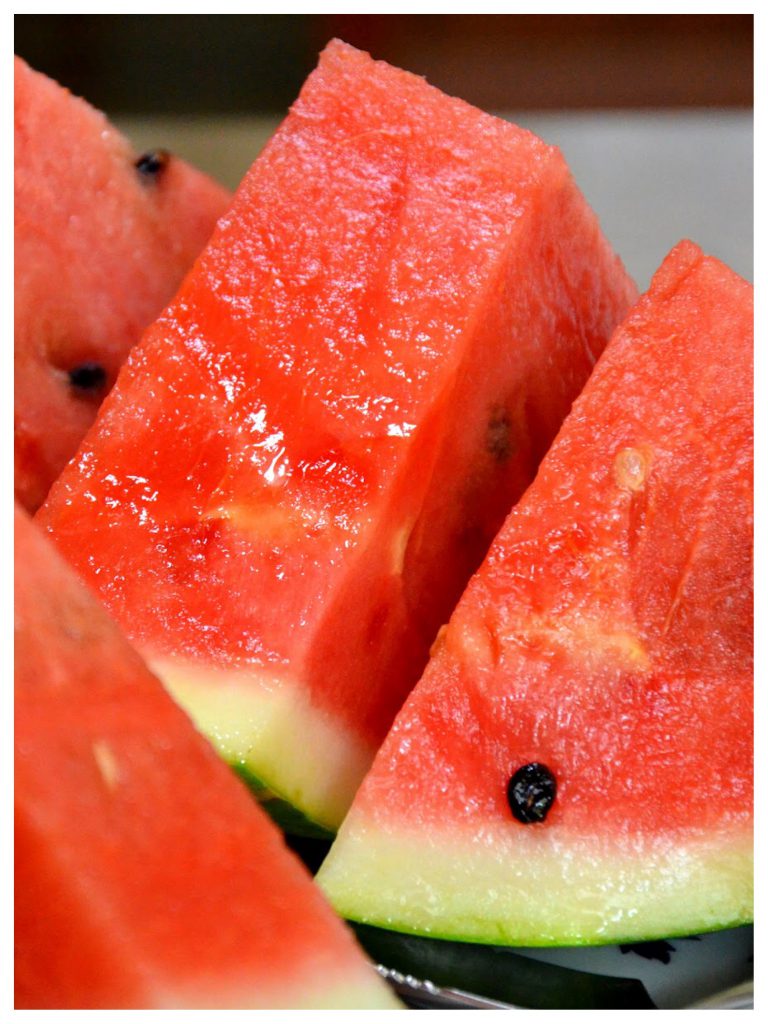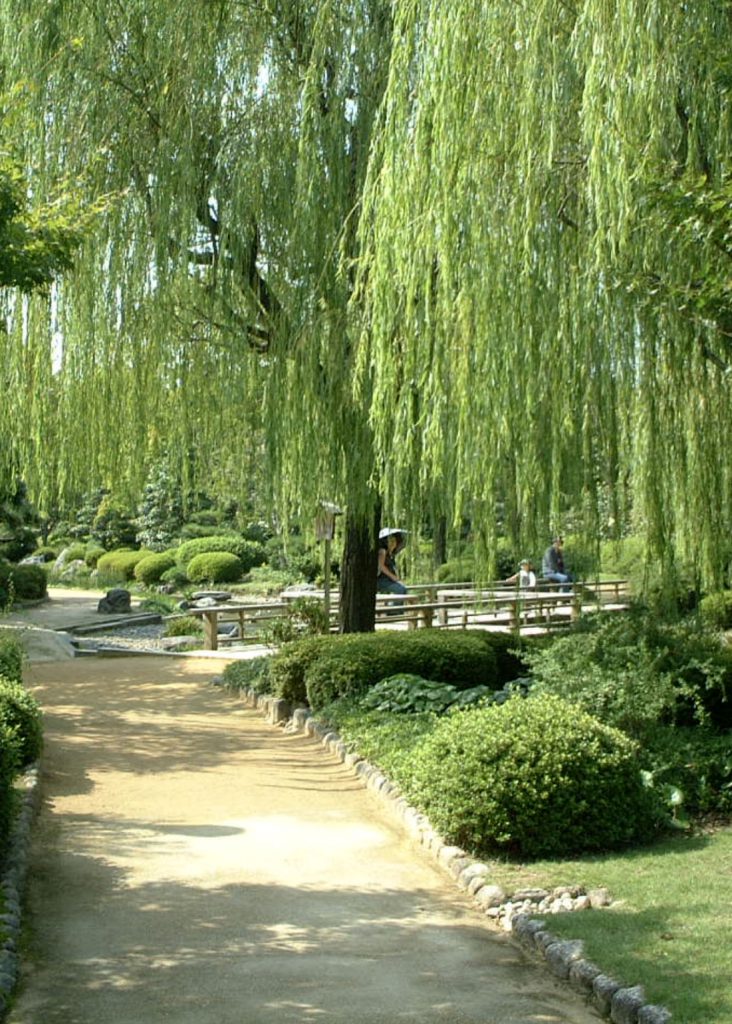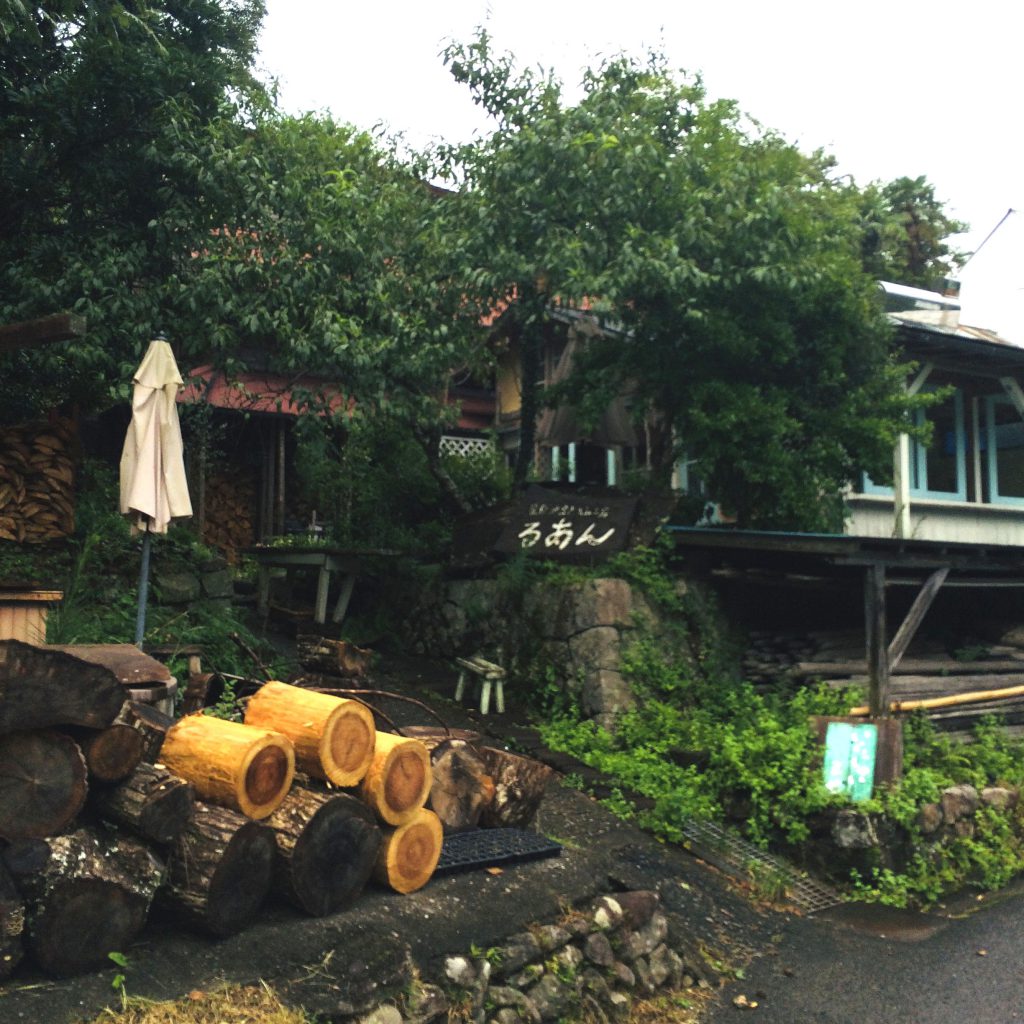
One hour down the “Koya Ryujin Skyline” from Koyasan, which is deep in the Kii Peninsula, there is Ryujin Onsen, which is known as one of Japan’s three most beautiful hot springs. There is an out-of-place cafe just outside the hot spring town, and there is a sign called “Ruan”. It is out of place because it is located in a remote area that is unlikely to be visited by people, and it is also out of the hot spring town. However, it seems that it is a well-known cafe that people who know it know. In the Ryujin area, it is said that many households have used firewood fire and a pot to make tofu during the Bon Festival and New Year, and tofu was a luxury item when people gathered. “Ruan” continues that tradition, and not only tofu but also cakes are all made from tofu. Please drop in at the tofu cafe “Ruan”.
紀伊半島の奥深くにある高野山から「高野龍神スカイライン」を下ること小一時間、日本三大美人の湯で知られる龍神温泉があります。その温泉街から少し外れた所に場違いなカフェがあって、「るあん」という看板が掲げられています。場違いと言うのは、およそ人も訪れそうもない辺鄙な場所にあり、温泉街からも外れているからです。しかし、知る人は知る、名の通ったカフェだそうです。龍神地域では、昔から多くの家庭で盆や正月に薪の火と地釜を使って豆腐を作っていたそうで、豆腐は人が集まる時期の贅沢品だったそうです。「るあん」ではその伝統を引き継ぎ、豆腐はもちろん、ケーキ類もすべて豆腐から作られています。豆腐カフェ「るあん」に是非立ち寄ってみて下さい。

